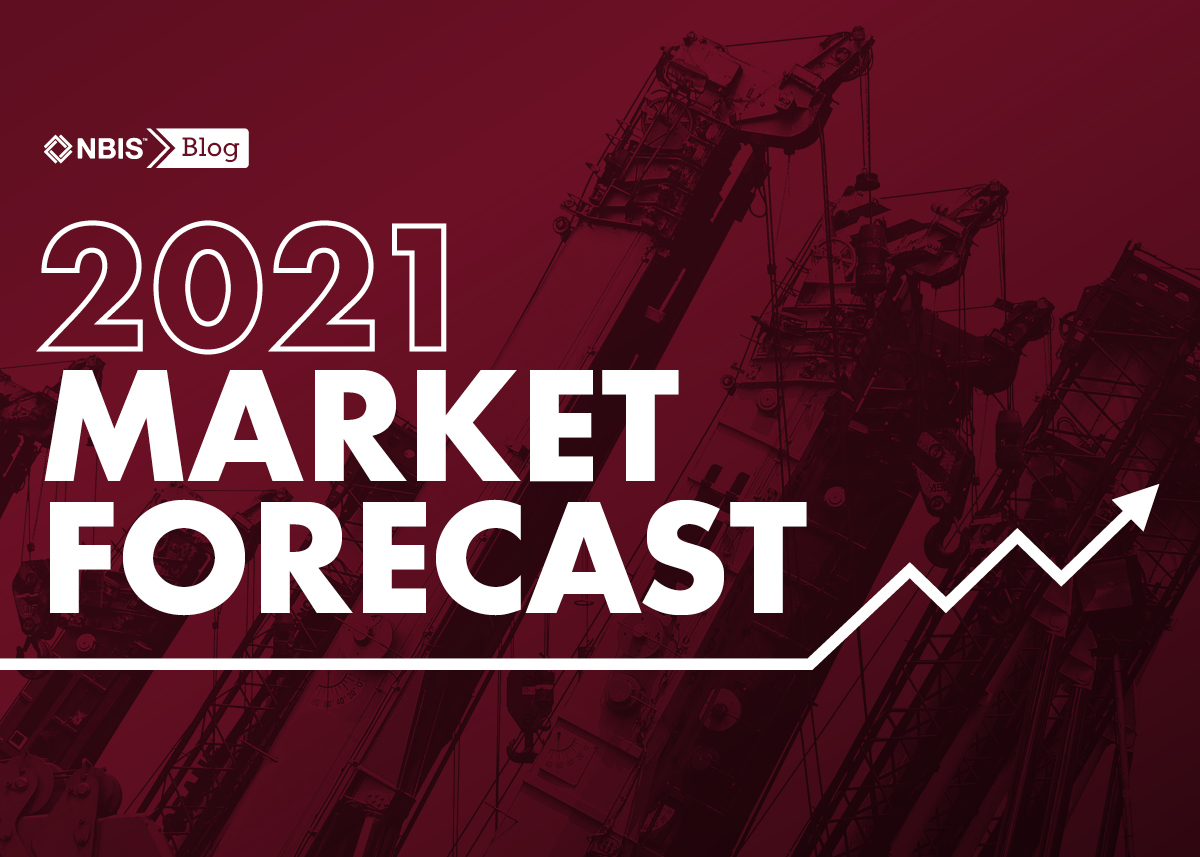As vaccination rates rise and COVID-19 begins to recede across the country, sectors of the construction industry are again showing signs of life. Nonbuilding and commercial construction are showing steady signs of growth, while the residential sector has finally begun to slow down.
Going into 2021, experts weren’t overly optimistic; they forecasted a slow, stubborn economy with very limited growth. However, according to Dodge Analytics, the numbers for April 2021 are surprisingly hopeful. Nonbuilding projects rose 2% in April 2021 — which might not sound like much, but considering that the sector was down 10% in 2020, it’s an encouraging sign. Almost all nonbuilding sectors saw some growth in April 2021, with utility and gas starts up by 3%, environmental public projects up by 2%, road and bridges up 1%, but miscellaneous nonbuilding starts dropped 3%.
To put these numbers into perspective, Dodge Analytics compared the twelve-month period ending in April 2021 to the twelve-month period ending in April 2020. Not surprisingly, the numbers during the pandemic were considerably lower. Overall, nonbuilding starts were 9% lower in 2021 than in 2020. So while these new numbers are promising, it’s clear the economy still needs some time to recover.
A similar trend was reported in nonresidential building: growth in the short-term, but still down overall compared to the twelve-month span ending in April 2020. Overall, nonresidential starts were up by 16% in April 2021. Institutional, commercial, and manufacturing projects were all on the rise in April, by 19%, 12%, and 25%, respectively.
As we’ve noted, despite the positive signs of growth in April 2021’s numbers, nonresidential construction starts are still down 26% compared to the twelve-month period ending in 2020, according to Dodge Analytics. The trend towards rising growth is encouraging, but we still need to be patient while the economy recovers.
The one sector that did not see growth in April 2021 is residential housing. Residential starts seemed impervious to the effects of COVID and the slowed economy, with demand driving growth as people fled urban areas for the suburbs. In the twelve-month period ending in April 2020, residential growth was up by 6%. However, with increased labor and material costs, along with supply catching up with demand, the residential sector fell 12% in April 2021.
Overall, the numbers seem to be going in the right direction, and cautious optimism seems to be the prevailing mood. Dodge Analytics’ Momentum Index, a monthly index of nonresidential buildings in early planning stages, posted an 8.6% gain in April, the fifth month in a row of positive growth. Overall, that is a 31% increase from April 2020, the first full month of COVID shutdown.
It’s almost cliché at this point to say that 2020 was a challenging year. It was truly unprecedented, and the economy saw its worst decline since the Great Recession of 2008. Now, with nation-wide availability of vaccines and COVID restrictions lifting, things are slowly beginning to go back to normal. It may still be several months before the economy recovers, but signs indicate that it is a matter of “when” and not “if” it will rebound.




